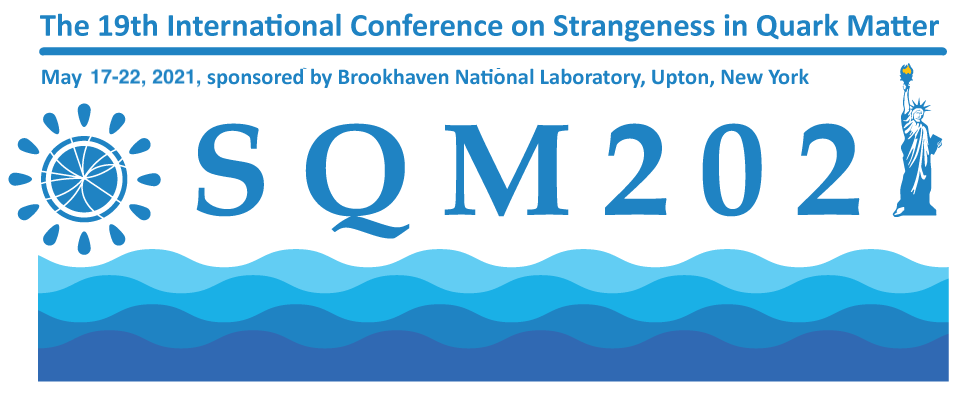Speaker
Description
The main goal of the ALICE experiment is to study the physics of strongly interacting matter, including the properties of the quark-gluon plasma (QGP).The relative production of strange hadrons with respect to non-strange hadrons in heavy-ion collisions was historically considered as one of the signatures of QGP formation. However, recent measurements in proton-proton (pp) and proton-lead (p- Pb) collisions have shown features that are reminiscent of those observed in lead-lead (Pb-Pb) collisions, measuring an increase in the production of strange hadrons relative to pions with the charged particle multiplicity in the event. In this work we present midrapidity measurements of the transverse momentum spectra and yields of strange hadrons K$^0_S$, $\Lambda$, $\Xi$ and $\Omega$ in pp collisions at $\sqrt{s}$ = 5, 7, and 13 TeV. In order to better understand the contribution of the event multiplicity to the observed enhancement in pp, two new complementary analyses have been performed. The first uses the concept of the effective energy available in the event for particle production which is estimated by an anticorrelation with the energy deposited in ALICE’s Zero Degree Calorimeters. The second exploits the angular correlation between strange and high-$p_{\rm T}$ hadrons in an event to classify in-jet and out-of-jet strangeness production. This gives a local enhancement in the multiplicity. The $\Xi$-yield is separated into correlated and underlying-event parts, with the ratios to neutral kaons then being calculated and compared to those from the event ensemble.The results indicate that strangeness enhancement emerges from the growth of the underlying event and is not connected to initial state properties. Comparisons between data and expectations from commonly used Monte Carlo event generators will also be presented.
| Collaboration | ALICE |
|---|
